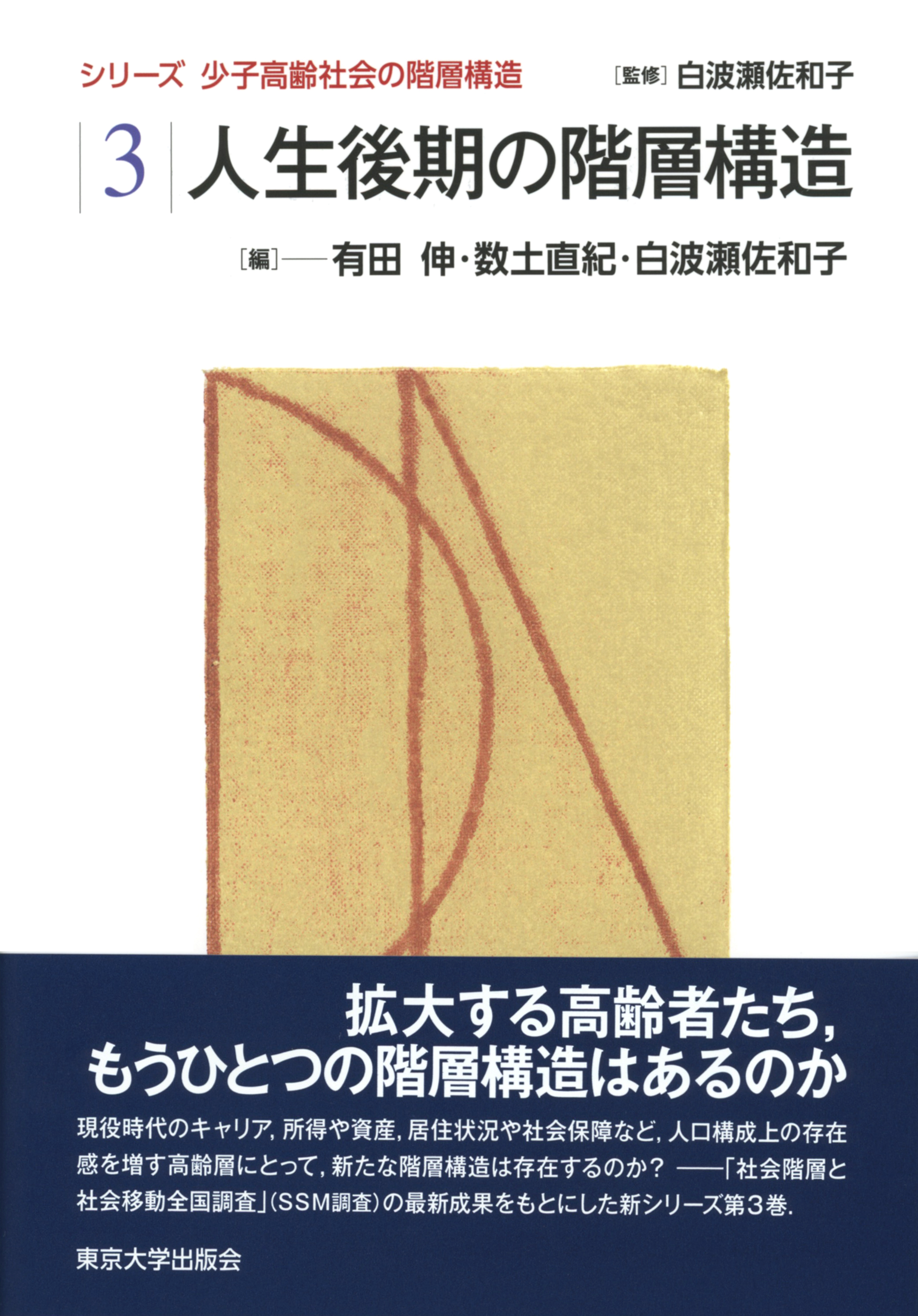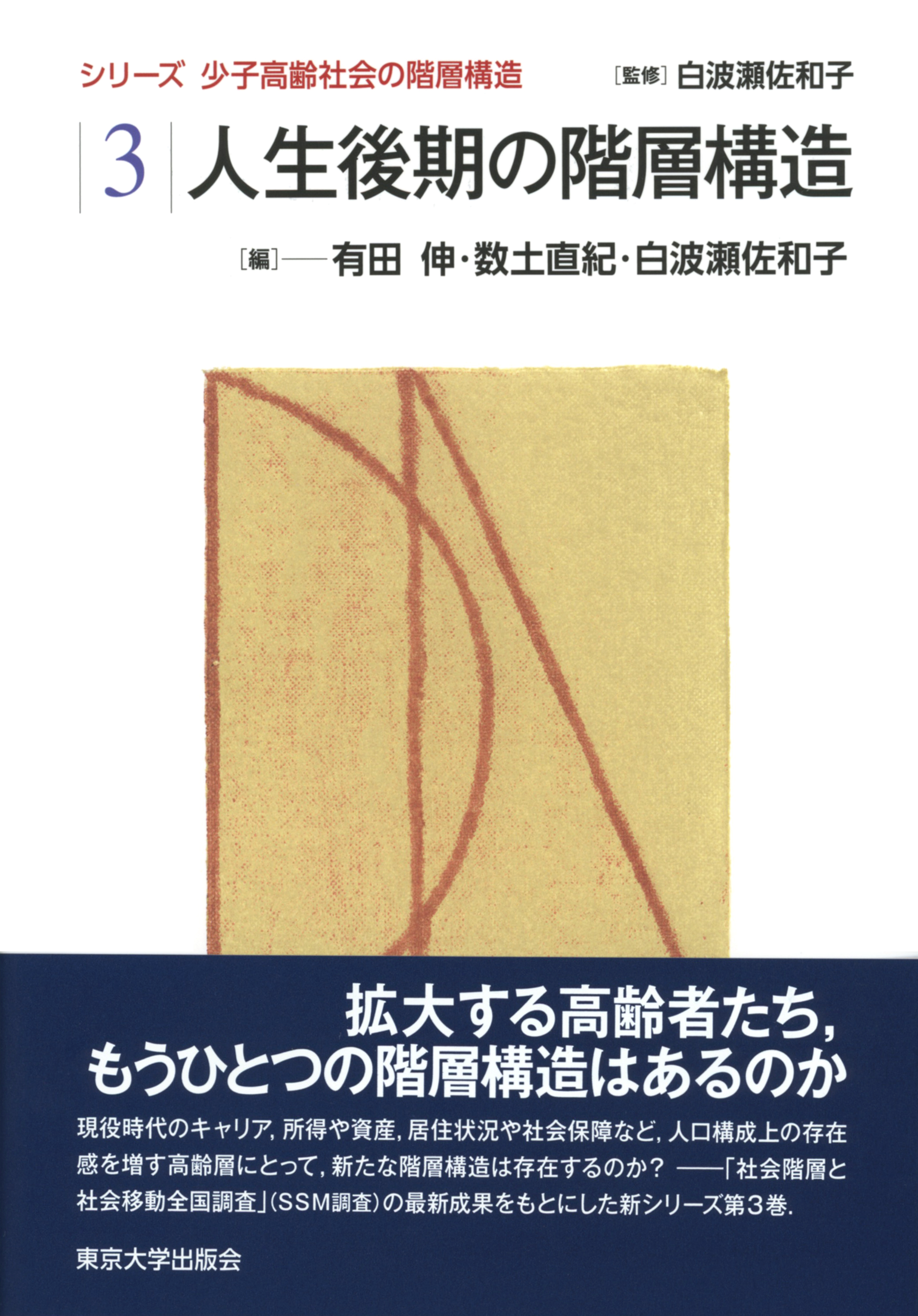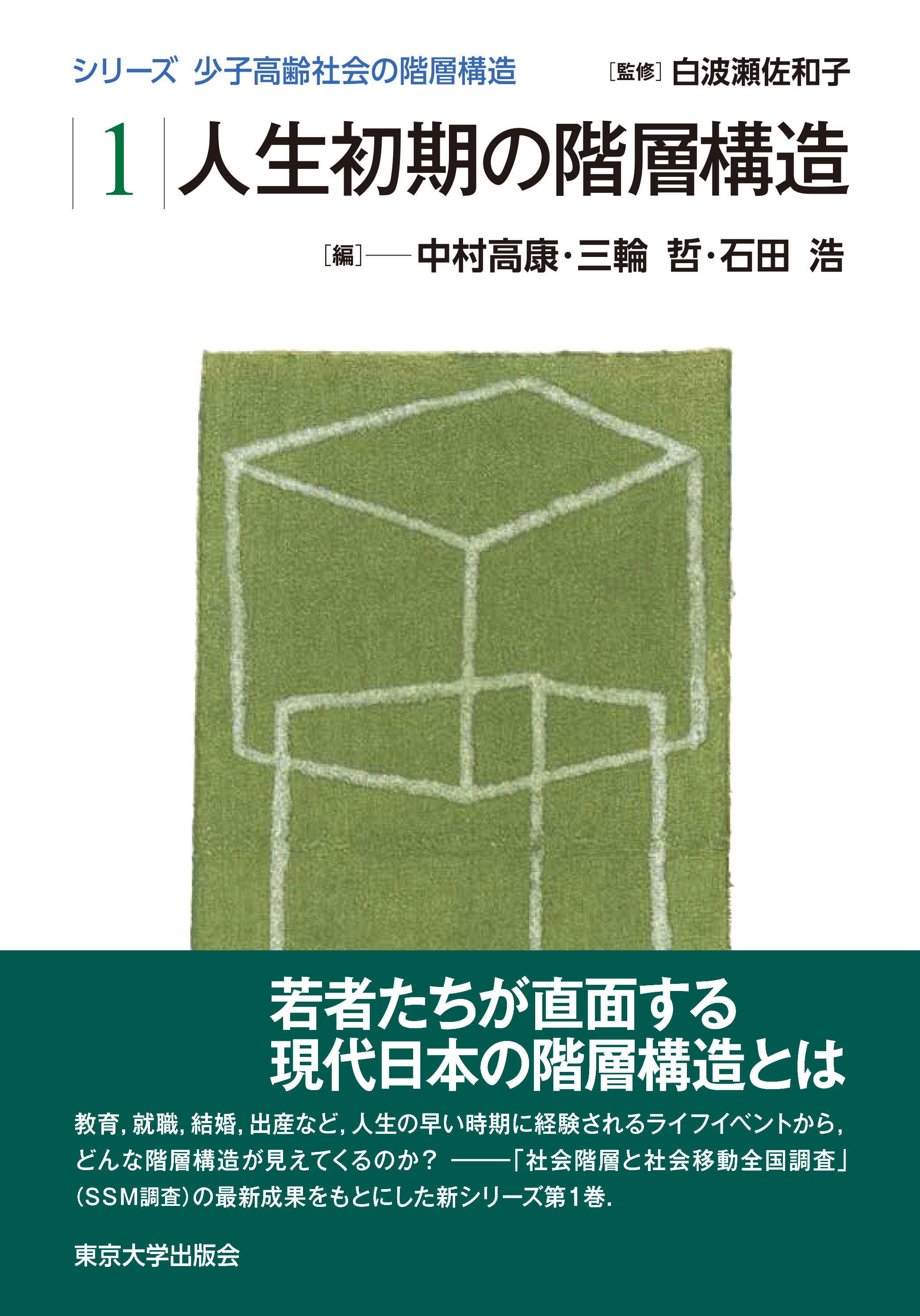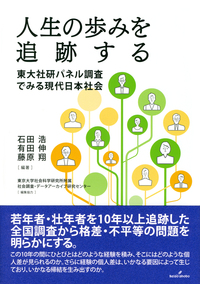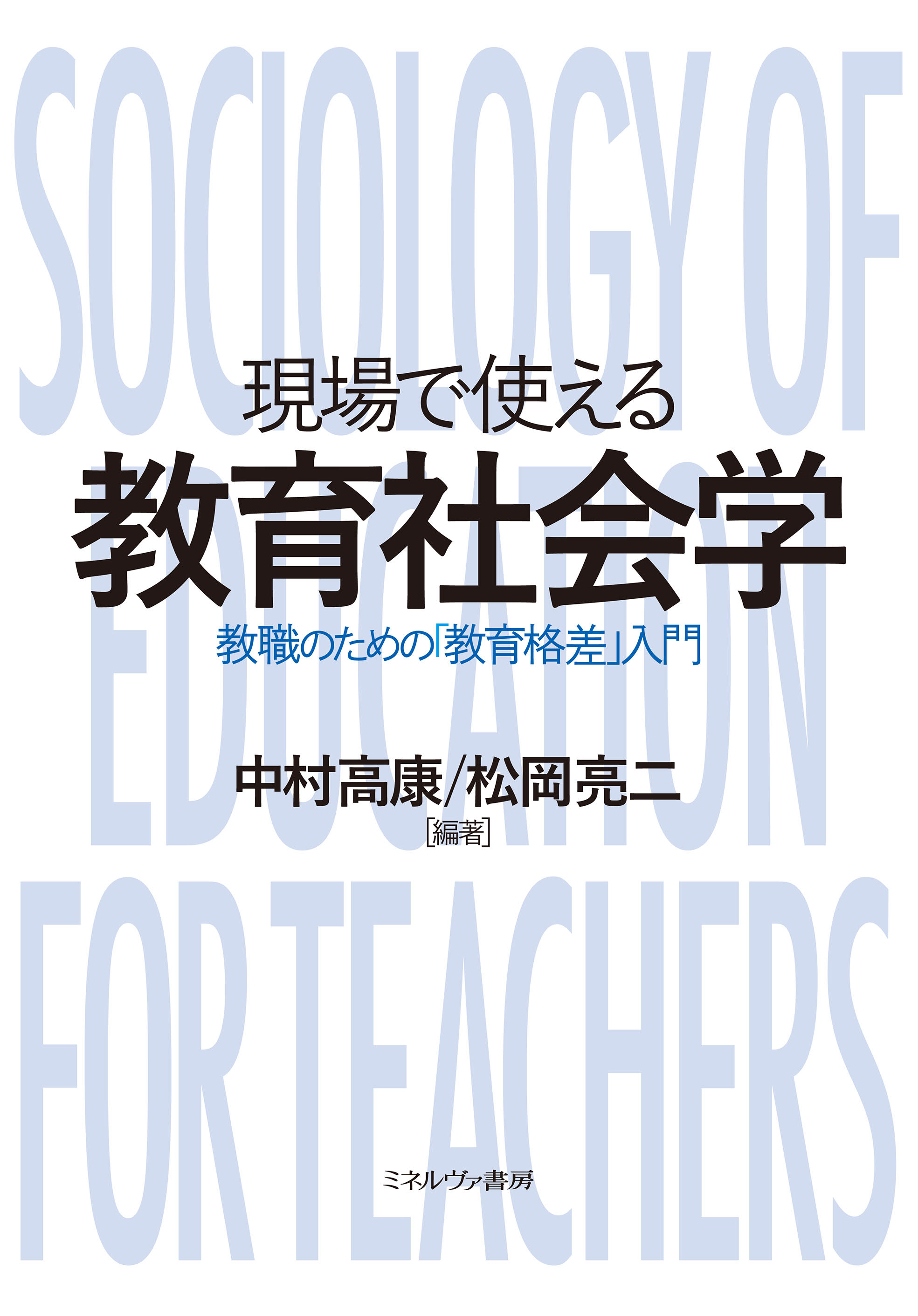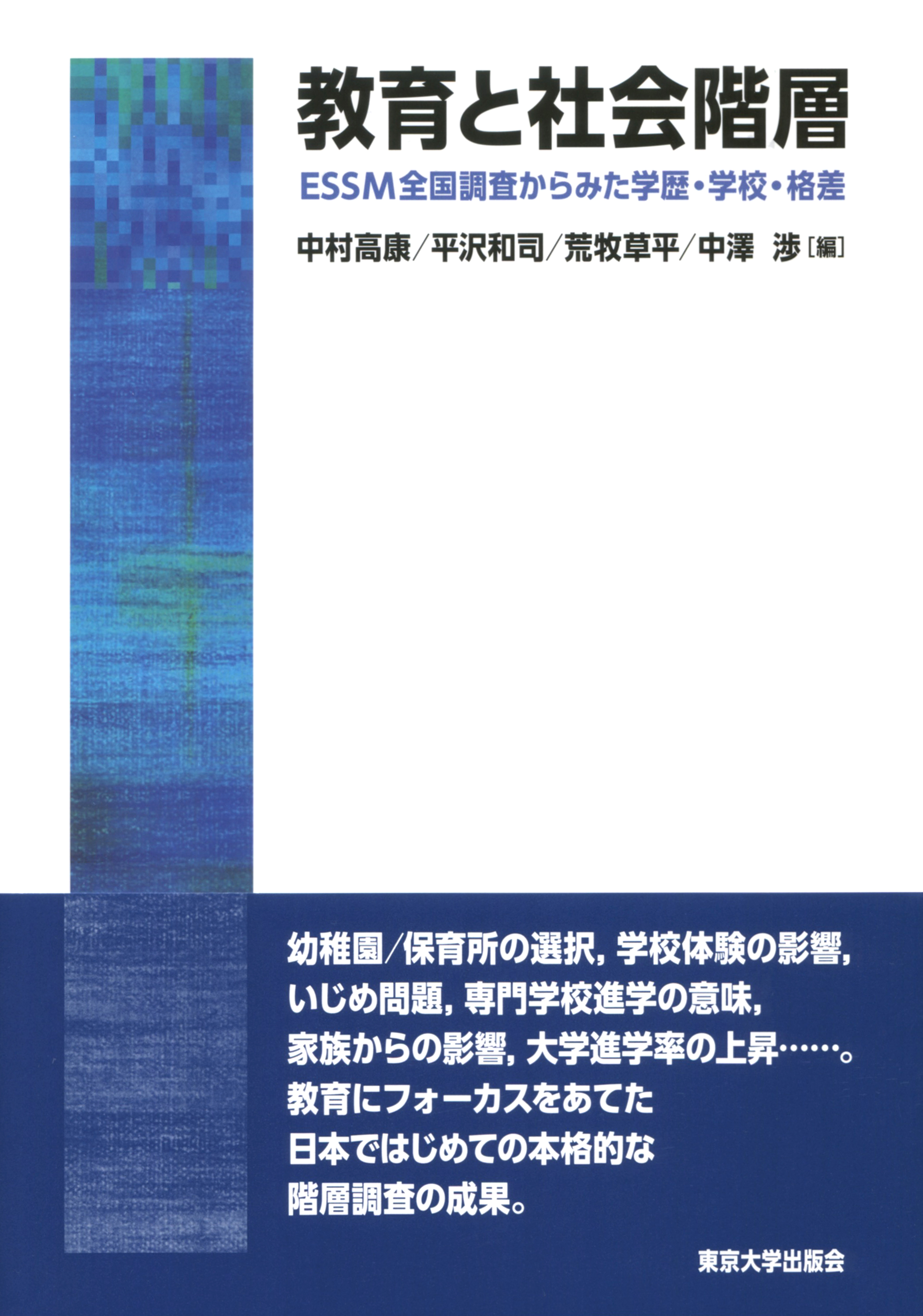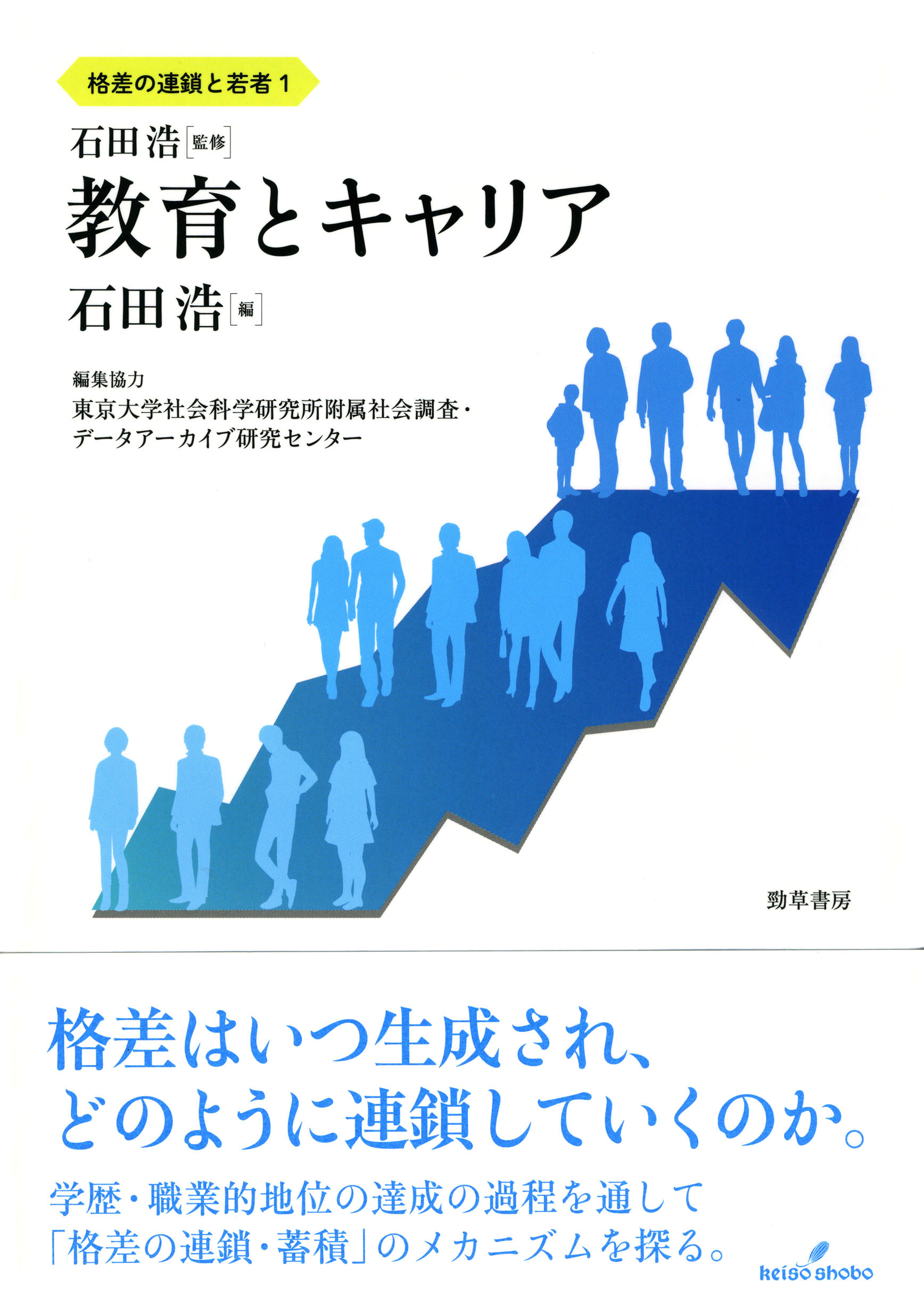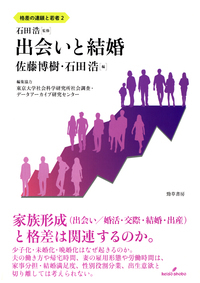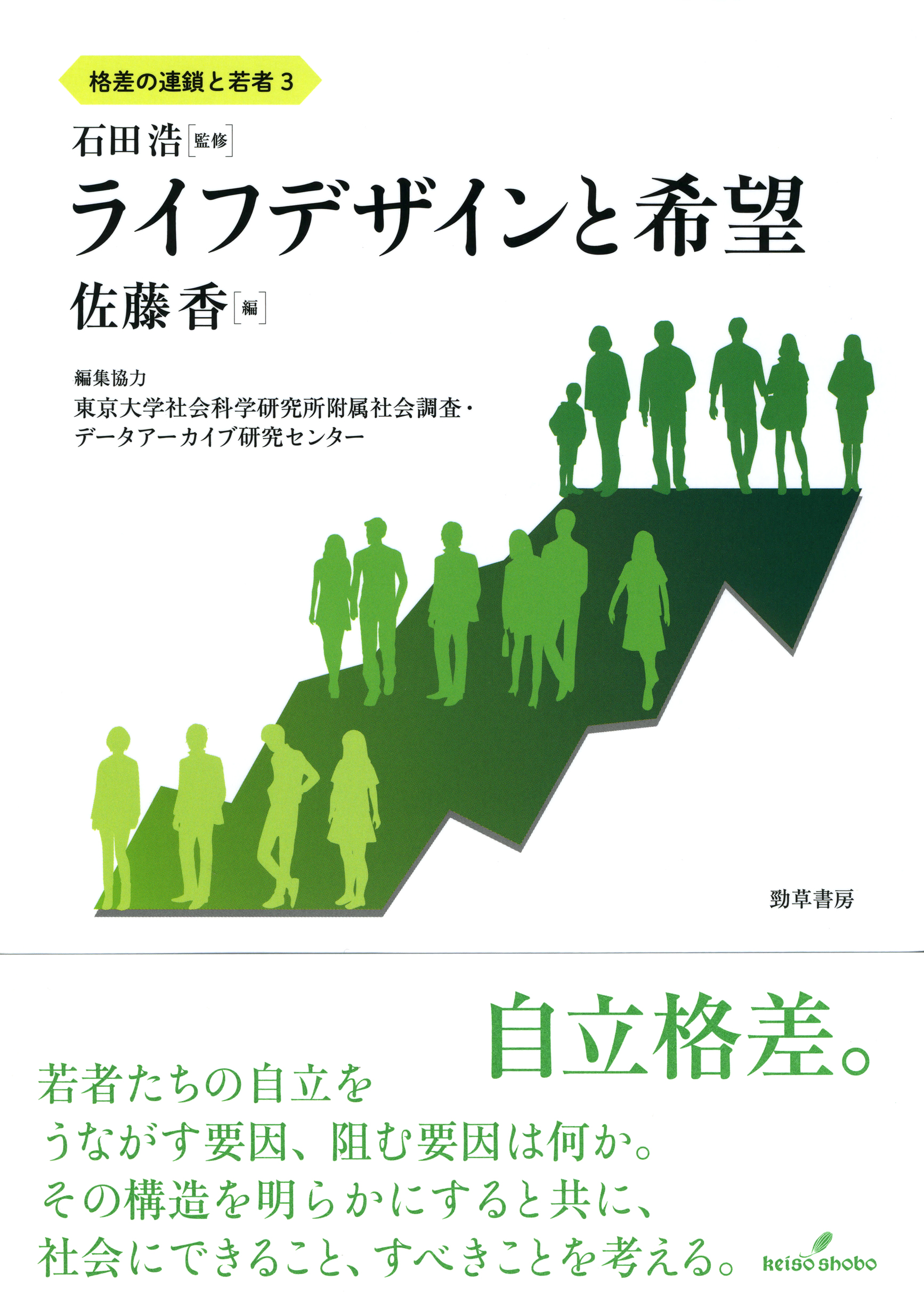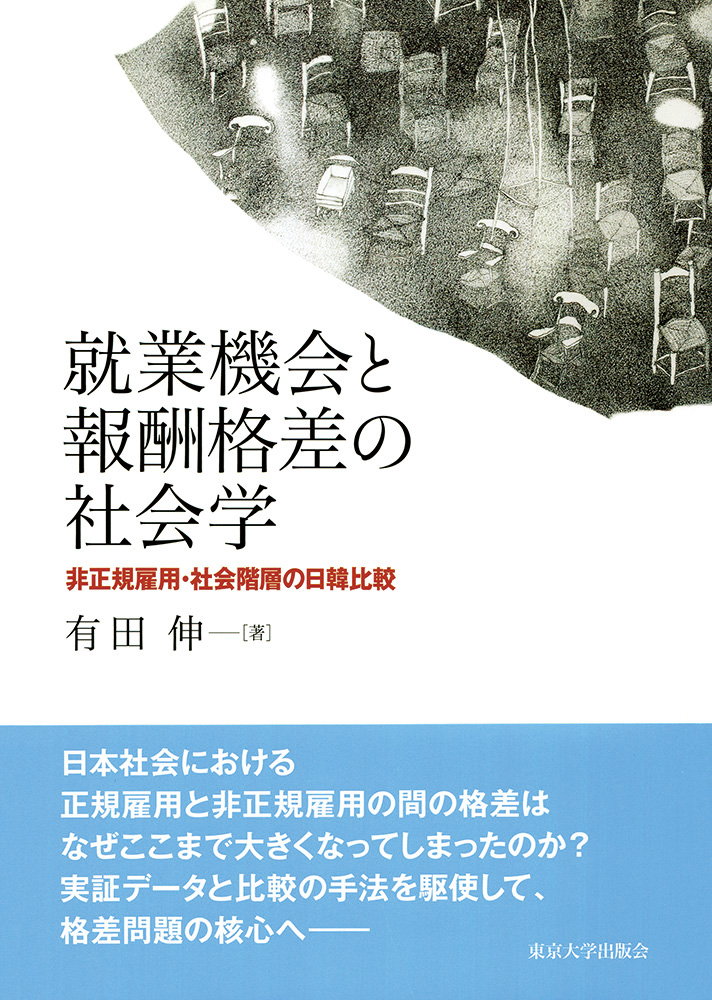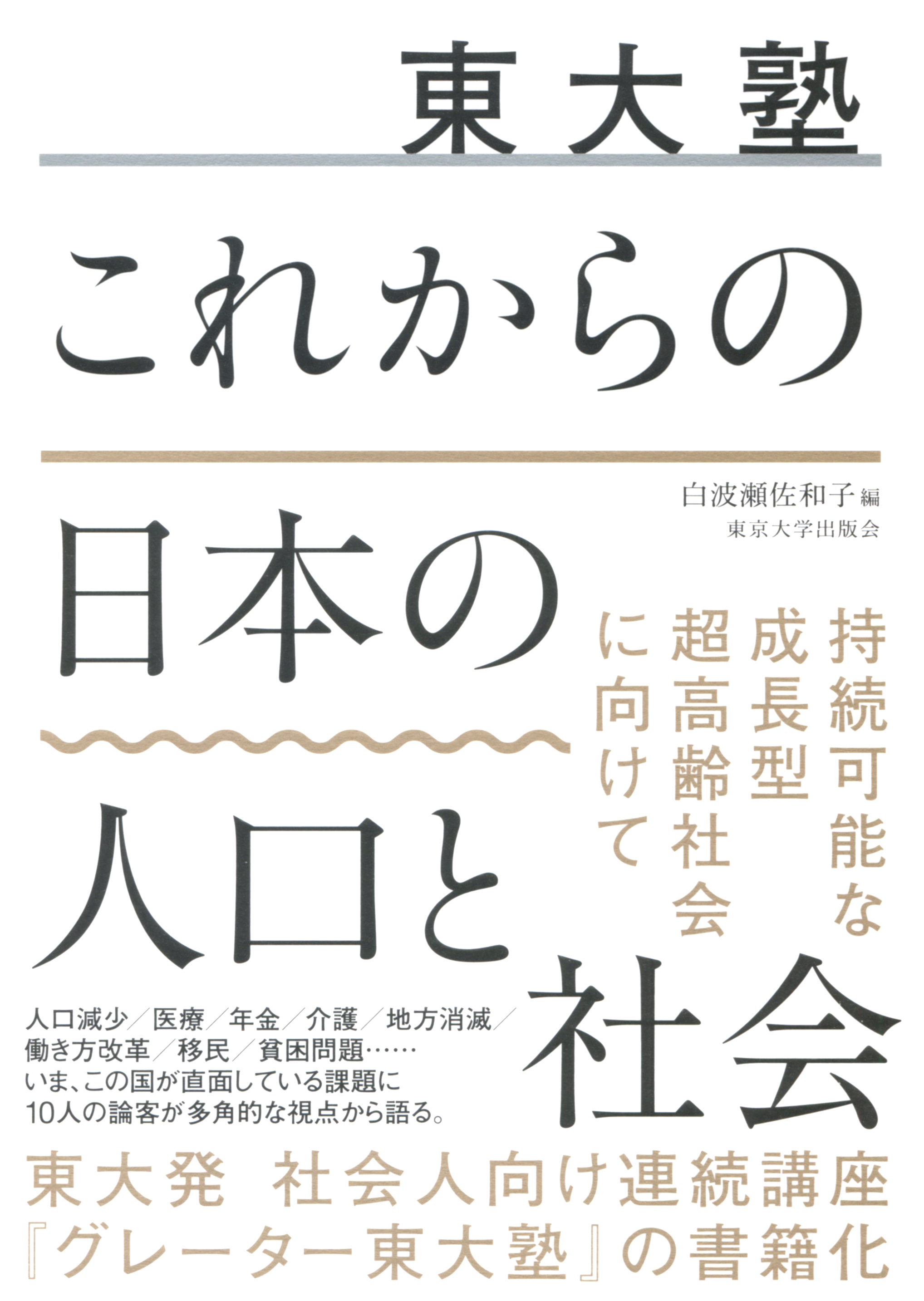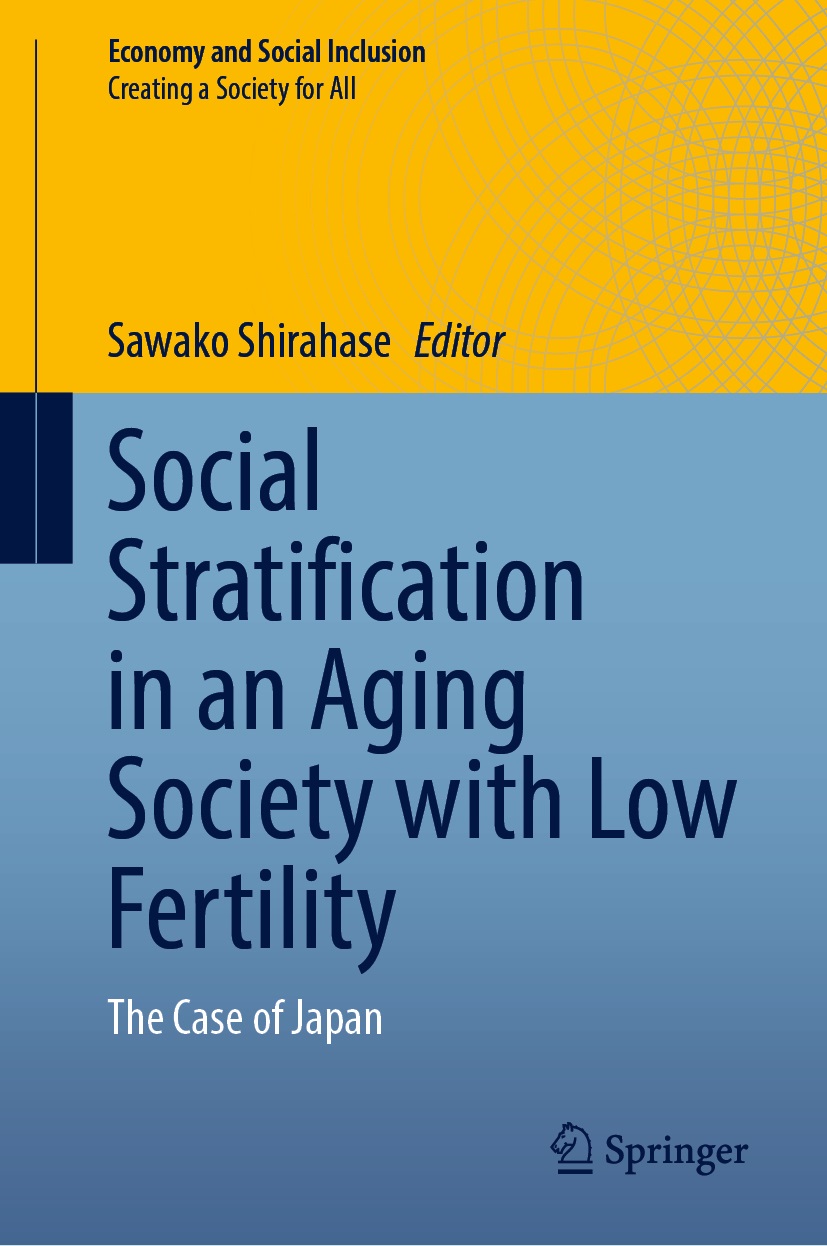
Title
Economy and Social Inclusion: Creating a Society for All Social Stratification in an Aging Society with Low Fertility The Case of Japan
Size
214 pages, hardcover
Language
English
Released
September, 2022
ISBN
978-981-19-3646-3
Published by
Springer Singapore
Book Info
See Book Availability at Library
Social Stratification in an Aging Society with Low Fertility
Japanese Page
The edited volume, Social Stratification in an Aging Society with Low Fertility, contains nine chapters on social stratification in Japan, the world's most aged society. Japan was the first Asian country to achieve industrialization through rapid economic development in the 1950s and 1960s, following its postwar defeat. However, in the 1970s, “the miraculous economic growth began to slow down and Japan entered a period of low growth. Another important social change occurred. The birthrate started declining relative to the replacement rate, and Japan’s population started aging significantly as longevity increased.
Social stratification is a field of empirical research on inequality in sociology, and much of it, theoretically and methodologically, has been learned from the accumulation of research in Europe and North America. For example, the survey data commonly analyzed in this book are from the National Survey on Social Stratification and Social Mobility (SSM Survey) conducted in 2015. The realization of the first survey (in 1955) was made possible with significant support from Western sociologists, who comprised the International Sociological Association and the Section on Social Stratification. Since then, the survey has been conducted every ten years, and this book is the result of the seventh SSM survey.
The following nine topics are included in the book: social stratification with a focus on the pattern of intergenerational social mobility, changes in the marriage market, patterns of matching married couples, inequality of educational opportunities from the viewpoint of educational attainment, changes in long-term employment in Japan, the gap between regular and non-regular employment from the viewpoint of mobility regime theory, the gap in educational background from the viewpoint of attitudes of college graduates and non-graduates, the effect of regional disparities on political attitudes, the socioeconomic gap from the viewpoint of lifetime earnings based on individual work histories, and wealth inequality in the super-aged population.
Existing empirical stratification research in Europe and the U.S. has focused on the working-age population and the labor market position of the head of household, who supports the household as a consumption unit. However, Japan is currently the most aging society worldwide. According to population estimates by the Statistics Bureau of the Ministry of Internal Affairs and Communications, as of September 15, 2023, 29.1% of the total population will be 65 or older[1]. In other words, modifying the existing stratification theories may be necessary because an increasing number of older people will retire from the labor market, and we have to take into account their weakening or non-existing ties to the labor market in determining their social status. This is the central question of the research project that underpins this book, and the following questions are developed in each chapter.
Are major changes in the patterns of intergenerational social mobility recognizable? Have any changes in marriage patterns, including spousal choice, underlie declining birthrates? How has long-term employment, a characteristic of Japanese-style employment, changed over time? How does the socioeconomic disparity of older adults differ from previous findings in terms of lifetime earnings estimated based on individual work history? Have disparities in educational opportunities widened in response to declining birth rates? Have there been changes in the disparity between the formal and informal workforces? What can we observe in the current situation regarding the extent of social inequality focusing on asset disparity?
We hope that this book will provide a sense of the social significance of the declining birthrate and aging population that appear in the news daily.
[1] World Population Prospects
https://www.stat.go.jp/data/topics/pdf/topics138.pdf
(Written by SHIRAHASE Sawako, Professor, Graduate School of Humanities and Sociology / 2023)
Table of Contents
2. Class Structure, Education, and Social Mobility in Post-war Japan: Hiroshi Ishida
3. The Changing Marriage Market and Status Homogamy: Satoshi Miwa
4. Relative Indices of Educational Attainment and Trend Analysis of Inequality of Educational Opportunity Using the 2015 SSM Survey Data: Takayasu Nakamura
5. Long-term Trends in Long-Term Employment in Japan: Tsutomu Watanabe
6. Intragenerational Mobility Between Regular and Non-regular Employment Sectors in Japan: From the Viewpoint of the Theory of Mobility Regime: Yoshimichi Sato
7. Gap in Attitudes Toward Higher Education Between Graduates and Non-graduates: Glowing Educational Disparity in Younger Cohorts: Toru Kikkawa
8. Effects of Regional Inequality on Political Attitudes: Social Capital and Support for Redistribution and Free Competition: Naoki Sudo
9. Explanation of Socioeconomic Inequality Among the Male Elderly: An Approach Based on Estimated Income History: Shin Arita
10. Another Aspect of Social Inequality, Wealth, in a Super-aged Society, Japan: Re-examining the Conventional Framework of Social Stratification: Sawako Shirahase



 Find a book
Find a book


 eBook
eBook